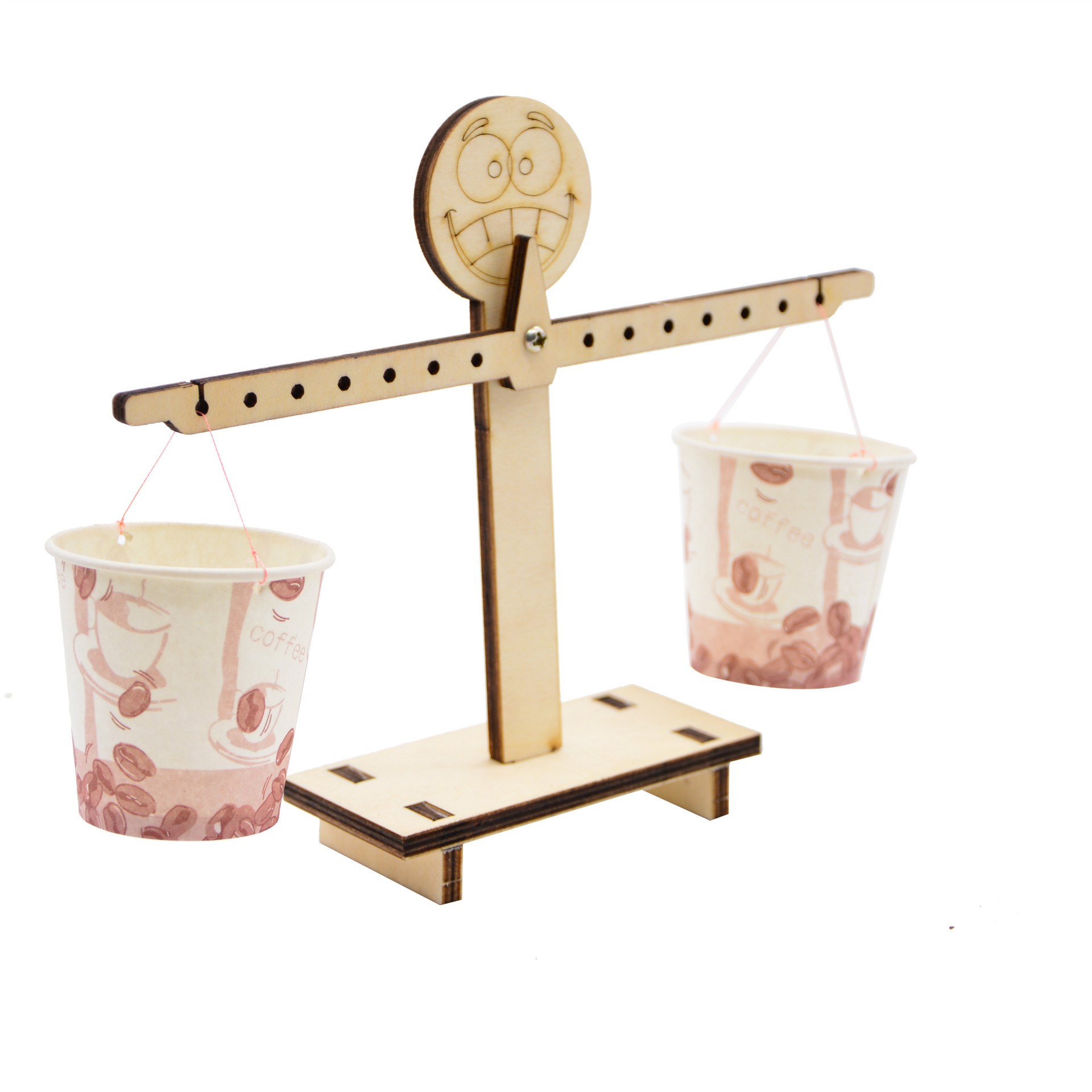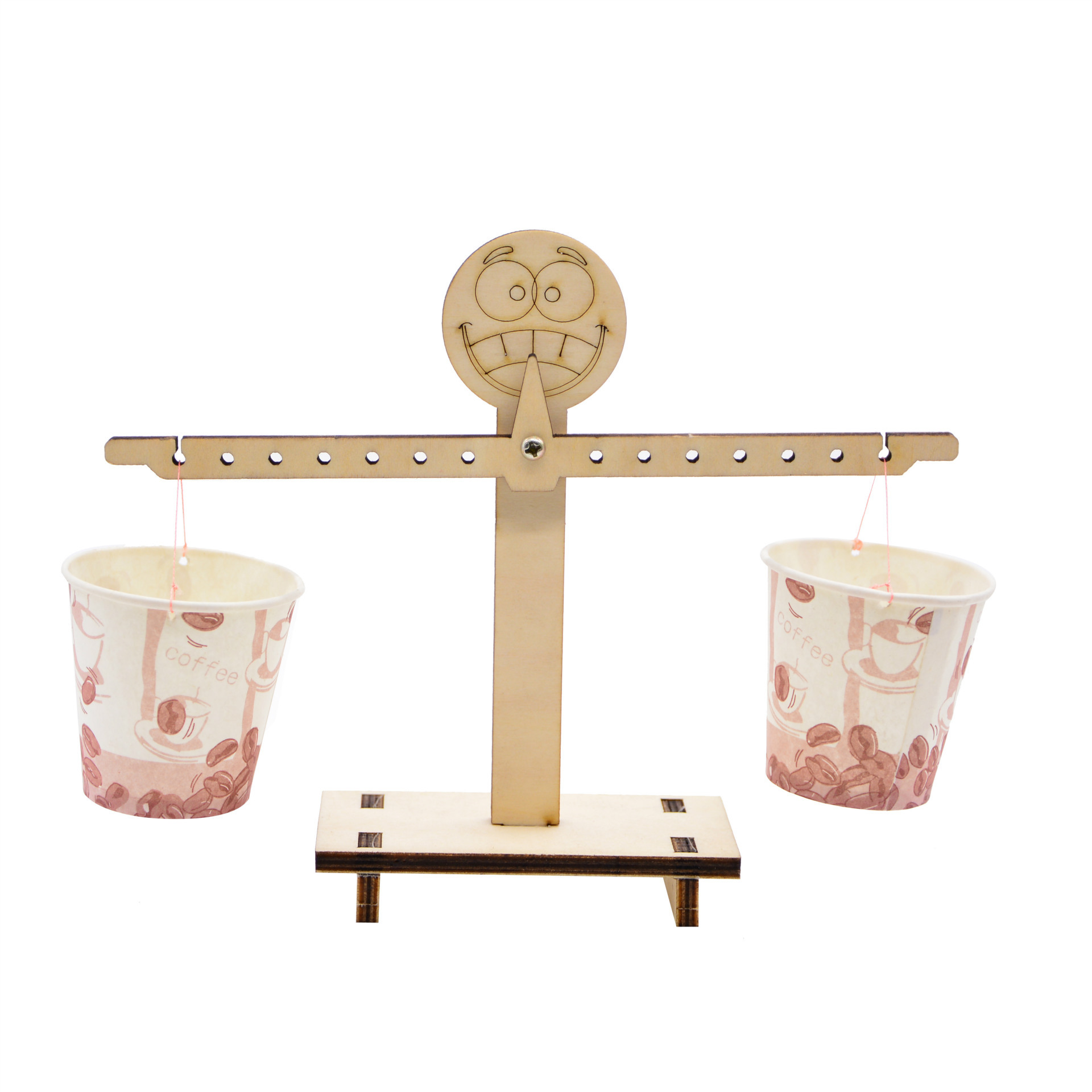
Search history
Clear allSearch by image
XDrag and drop an image here or upload an image
Max 5MB per image
UploadSign In | Join

Search history
Clear allSearch by image
XDrag and drop an image here or upload an image
Max 5MB per image
UploadSign In | Join
X Email Mobile
| kx834 wooden balance scale | ¥0.0 | 4592 box available |
|
A new item has been added to your Shopping Cart. You now have items in your Shopping Cart.
Name: Wooden Balance Scale
Product Code: KX834
Size: 18*4*15
Packing: Opp bag packaging
Box Specification: 60*50*55CM
Quantity: 300 pieces
Homemade balance scale
Experimental Focus: Understanding the relationship between scales and levers and exploring the scientific principles behind scale operation. Experimental Cognition: Definition of a scale: A balance scale is a type of measuring instrument. It is formed by supporting the scale beam in the center with a pivot axis, creating two arms. Each arm is hung with a plate, one of which contains a known weight of an object, while the other plate holds the object to be weighed. The deflection of the pointer, which is fixed on the beam and points to the center line without swaying, indicates the weight of the object to be weighed. Levers Principle: A lever is a bar that can rotate freely around a fixed point. There are three important points on a lever: the fulcrum, the effort point, and the load point. The part that supports the lever is called the fulcrum, the part that applies force to the lever is called the effort point, and the position that bears the weight is called the load point. Different levers have different positions for these three points. Based on the division of ease and effort, levers can be divided into three categories: lever, lever, and isometric lever. The scale made in this class belongs to isometric lever.
Through separately in two
Placing different weights and equal weights on the tray can tell us that when there is a difference in weight on both sides of the scale, the scale will tilt towards the heavier side; when the weights on both sides are equal, the scale will remain balanced. By placing unequal weights on the two trays of the scale, we found that the scale was unbalanced. We then adjusted the position of the tray on one end of the scale until it was balanced. When we placed equal weights on the two trays of the scale, we found that the scale was balanced. However, when we adjusted the position of the tray on one end of the scale, the scale became unbalanced. Through this experiment, we discovered that when equal weights are placed on the scale, the position of the tray hanging from the scale scale affects the balance of the scale.
The position on the leveler causes the balance to be unbalanced; if different-weighted weights are placed on the balance, it will be balanced if the positions of the supports on the leveler are different.



Update time:
TOP